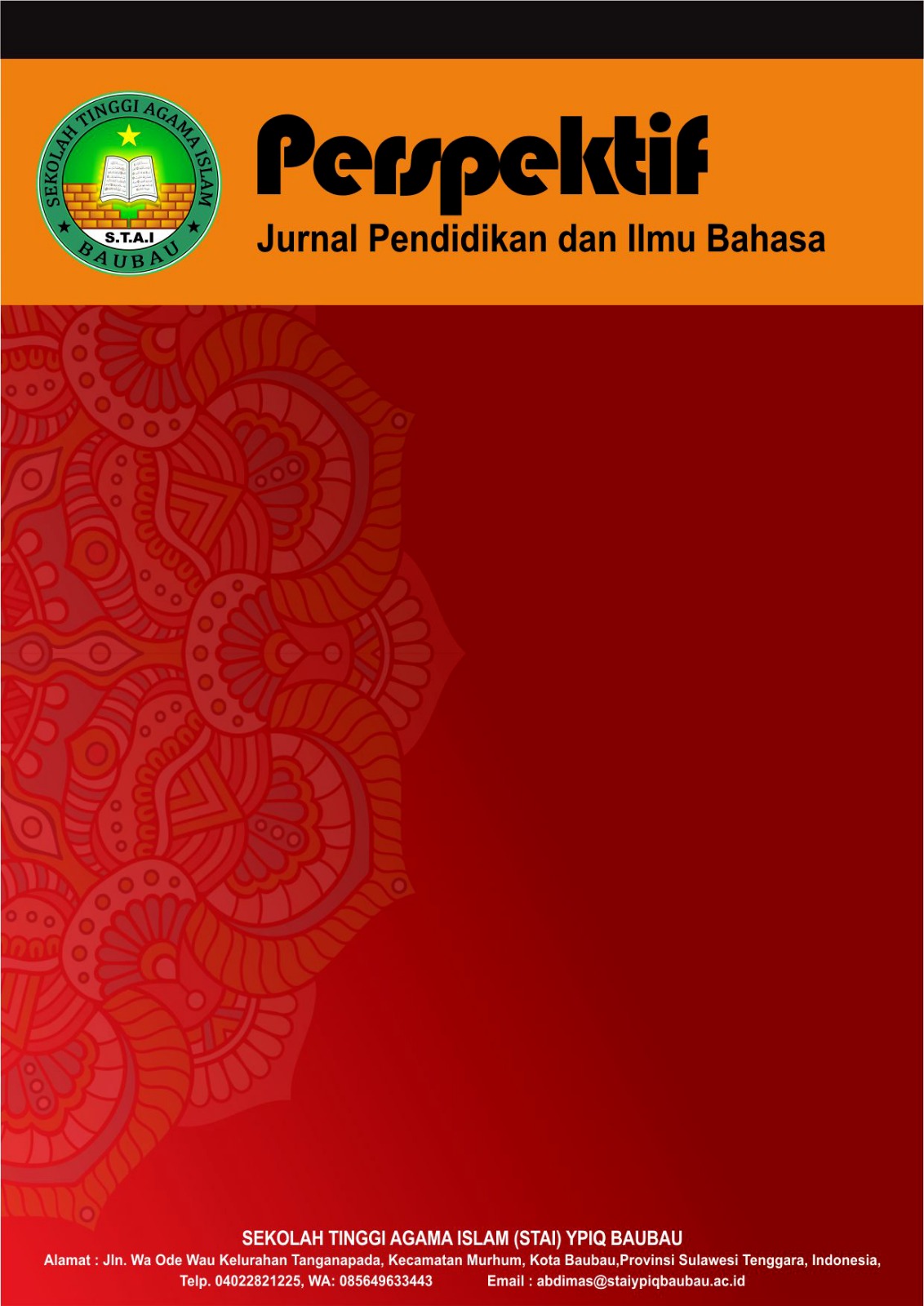Peningkatan Keaktifan Siswa melalui Metode Diskusi pada Pembelajaran Ilmu Pengetahuan Alam dan Sosial di Madrasah Ibtidaiyah
DOI:
https://doi.org/10.59059/perspektif.v3i3.2639Keywords:
Student Activity, Discussion Method, IPAS LearningAbstract
The purpose of this research is to promote the active engagement of fourth-grade students at Madrasah Ibtidaiyah Negeri (MIN) 4 Muaro Jambi in Natural and Social Sciences (IPAS) learning by using the discussion approach. The key issue addressed in this research is a low degree of student participation, as shown by their lack of bravery to ask and answer questions, as well as restricted contact throughout the learning process. This research adopts a Classroom Action Research (PTK) technique based on the Kemmis and McTaggart model, with two cycles of preparation, action, observation, and reflection phases. The study included 27 pupils from Class IV A. Data collecting methods included observations, interviews, testing, and documentation. The study findings revealed a considerable increase in learning activities. In the first cycle, average student engagement varied between 52% and 56%, whereas in the second cycle, it jumped dramatically to 81% to 89%. This enhancement also had an influence on learning outcomes, as the class average score increased from 67 to 71, and the classical completion rate increased from 63% to 89%, surpassing the minimal criterion stipulated by the Learning Objective Completion Criteria (KKTP). As a result, it is possible to infer that using good conversation approaches improves student engagement and learning results in IPAS learning.
References
Alon Pintar. (2023). Panduan guru: Ilmu Pengetahuan Alam dan Sosial (IPAS) untuk SD/MI. Kementerian Pendidikan, Kebudayaan, Riset, dan Teknologi.
Arikunto, S., Suhardjono, & Supardi. (2019). Penelitian tindakan kelas. Bumi Aksara.
Aunurrahman. (2019). Belajar dan pembelajaran. Alfabeta.
Ayas, C. (2020). Pentingnya pendekatan interdisipliner dalam pembelajaran IPAS di sekolah dasar. Jurnal Pendidikan Terpadu, 8(2), 45–56.
Boty, F. A., & Handoyo, E. (2018). Pengaruh model pembelajaran kooperatif tipe Two Stay Two Stray terhadap keaktifan dan hasil belajar siswa. Jurnal Ilmiah Pendidikan dan Pembelajaran.
Dewi, P. I., & Lestari, N. P. (2017). Peningkatan aktivitas belajar siswa melalui metode diskusi pada pembelajaran IPA. Jurnal Inovasi Pendidikan dan Pembelajaran Sekolah Dasar, 1(2), 162–171.
Kunandar. (2017). Langkah mudah penelitian tindakan kelas sebagai pengembangan profesi guru. Rajawali Pers.
Martinis, Y. (2013). Strategi dan metode dalam model pembelajaran. Referensi (GP Press Group).
Mulyasa, E. (2018). Menjadi guru profesional. Remaja Rosdakarya.
Prasetyo, A., & Arifin, S. (2019). Pengaruh metode diskusi kelompok terhadap keaktifan belajar siswa pada mata pelajaran IPS kelas V SD. Jurnal Pendidikan Dasar FIP UNY, 10(1), 12–20.
Purwanto, E. S. (2023). Penelitian tindakan kelas. CV. Eureka Media Aksara.
Rahayu, E. D., & Supriyanto, A. (2018). Hubungan antara keaktifan belajar dengan hasil belajar siswa pada mata pelajaran IPA. Jurnal Pendidikan Dasar Nusantara, 3(2), 1–10.
Rima, R., & Wulandari, D. (2021). Pengembangan model pembelajaran IPAS berbasis lingkungan untuk siswa sekolah dasar. Jurnal Pendidikan Dasar, 12(2), 101–110.
Rustaman, N. Y. (2016). Strategi belajar mengajar biologi. UPI Press.
Sanjaya, W. (2016). Strategi pembelajaran berorientasi standar proses pendidikan. Kencana.
Sardiman, A. M. (2022). Interaksi dan motivasi belajar mengajar. Rajawali Pers.
Sudjana, N. (2016). Penilaian hasil proses belajar mengajar. Rosdakarya.
Susanto, A., & Kurniawan, D. (2020). Teori belajar dan pembelajaran di sekolah dasar. Kencana.
Suryosubroto, B. (2017). Proses belajar mengajar di sekolah. Rineka Cipta.
van Aalst, J. (2019). Distinguishing knowledge sharing, knowledge construction and knowledge creation discourse. International Journal of Computer Supported Collaborative Learning, 4, 259–287.
Downloads
Published
How to Cite
Issue
Section
License
Copyright (c) 2025 Perspektif : Jurnal Pendidikan dan Ilmu Bahasa

This work is licensed under a Creative Commons Attribution-ShareAlike 4.0 International License.








